Disclosure: This article contains affiliate links. We may earn a commission from purchases at no extra cost to you, which helps our travel content.
Standing at the mouth of the Buffalo River where it meets the Indian Ocean, East London offers a fascinating architectural timeline that's often overlooked by travelers to South Africa. As someone who's spent decades designing digital structures, I've developed a keen eye for physical ones too. This modest coastal city may not have Cape Town's glamour or Johannesburg's energy, but its buildings tell a compelling story of colonial influence, cultural resilience, and contemporary adaptation that deserves your attention—especially if you're traveling with curious minds of any age.
Victorian Foundations: East London's Colonial Architecture
My first impression of East London came on a crisp winter morning last July, when the Southern Hemisphere's mild winter provided perfect conditions for walking tours. The city center reveals its British colonial past through remarkably preserved Victorian and Edwardian buildings that line Oxford Street and surrounds.
The City Hall stands as perhaps the finest example, its imposing stone façade and clock tower dating back to 1899. I found myself lingering in front of this sandstone beauty longer than expected, imagining the generations who've passed through its doors. Nearby, the Guild Theatre (1962) offers a more modern counterpoint while still maintaining a distinctly mid-century colonial aesthetic.
What struck me most was how these buildings tell the story of East London's development from a small British settlement established in 1847 to the major port city it would become. The architecture doesn't shy away from its colonial origins but instead provides a tangible connection to a complex past that families can discuss while exploring.

💡 Pro Tips
- Visit City Hall early on weekdays when you can sometimes get impromptu mini-tours from friendly staff
- The Guild Theatre often has performances by local artists - check their schedule before your visit
- Look up! The architectural details above street level often reveal the most interesting features
Where Worlds Meet: The Harbor and Maritime Architecture
East London's identity is inextricably linked to its harbor—the only river port in South Africa. A morning spent exploring the harbor area reveals a fascinating blend of functional industrial architecture and historical maritime structures.
The port itself dates back to the 1870s, and while much has been modernized, you can still find remnants of its early days. I recommend starting at the East London Museum, housed in a building that itself represents the city's architectural evolution. Inside, beyond the famous coelacanth specimen (a prehistoric fish thought extinct until discovered here in 1938), you'll find photographs and models documenting the harbor's development.
Walking along the harbor front provides excellent opportunities for explaining to children how architecture serves practical purposes. The massive grain elevators, storage facilities, and administrative buildings each tell part of East London's economic story. For the best harbor views, I found my compact travel binoculars invaluable for spotting details on ships and distant structures.
Afterward, treat yourself to fresh seafood at one of the harbor restaurants where the industrial views contrast wonderfully with the delicious, locally-caught fare.

💡 Pro Tips
- Visit the harbor area in early morning when fishing boats return with their catch
- The East London Museum has free entry on certain days - check their website
- Bring a light jacket even in summer as the harbor area can get windy
German Settlement Legacy: The Panmure District
One of East London's most fascinating architectural stories lies in the Panmure district, where German settlers left an indelible mark on the cityscape. In 1858, German immigrants arrived as part of the British government's effort to strengthen the frontier region, bringing with them distinctive building traditions.
The German Settlers Memorial, though not original to the period, commemorates this heritage with architectural elements that reference German design. More authentic are the scattered homes and churches throughout the district that showcase German influence adapted to South African conditions.
I spent a delightful afternoon wandering these streets with my travel water bottle, which proved invaluable in the warm climate. The bottle's self-purifying feature meant I could refill at public fountains without concern—perfect for budget-conscious travelers like myself.
St. Peter's Church stands as perhaps the finest example of German architectural influence, with its simple yet elegant design reflecting the Lutheran traditions of the settlers. The nearby cemetery contains headstones with German inscriptions, providing a poignant reminder of these early residents.
For families, this area offers an excellent opportunity to discuss cultural exchange and adaptation through architecture—how the German settlers maintained elements of their homeland while adapting to new materials and climate conditions.

💡 Pro Tips
- Visit St. Peter's Church on Sundays when you might catch traditional hymns being sung
- The German Club occasionally hosts cultural events open to visitors
- Bring a hat and sunscreen as many of the walking routes have limited shade
Contemporary East London: Modern Architectural Developments
While East London's historical architecture provides fascinating insights into its past, the city continues to evolve architecturally. The Hemingways Mall represents a modern architectural statement, blending contemporary design with nods to the region's cultural heritage. Though primarily a commercial space, its design elements make it worth visiting from an architectural perspective.
The East London International Convention Centre (ELICC) offers another example of contemporary architecture, with its sleek lines and functional spaces representing South Africa's post-apartheid architectural development. When I visited last year, I was impressed by how the building maximizes natural light and incorporates sustainable design elements.
For families looking to experience both architecture and recreation, the Orient Beach area features modern beachfront developments alongside restored historical buildings. I found my quick-dry beach towel perfect for this area—it packs down tiny in my daypack but provided ample space to relax between architectural explorations.
The Vincent Park area showcases more recent residential and commercial developments that reflect East London's growing prosperity and changing architectural tastes. Here, contemporary South African architects have created spaces that respond to both the city's climate and cultural context.

💡 Pro Tips
- Visit Hemingways Mall in late afternoon when the light creates interesting patterns through its design elements
- The ELICC sometimes offers public tours if there are no events scheduled
- Modern and historical buildings are often within walking distance—create your own architectural timeline tour
Budget-Friendly Architectural Exploration Tips for Families
Exploring East London's architectural heritage doesn't have to break the bank. After visiting dozens of historical cities worldwide, I've developed strategies for maximizing architectural experiences while minimizing costs—particularly important for families.
First, consider the East London Free Walking Tour (donations appreciated but not required), which runs every Saturday morning and covers many architectural highlights. I was impressed by the guides' knowledge of not just the buildings but the stories behind them—perfect for keeping children engaged.
Second, create your own self-guided tour using the free maps available at the tourism office. I marked mine with different colored pens to create themed routes (colonial, German influence, modern) that we could explore at our own pace. For keeping everyone comfortable during these walks, I recommend a reliable collapsible water bottle that can be rolled up when empty.
Third, time your visits strategically. Many historical buildings open to the public on specific days with free or reduced admission. The East London Museum offers free entry on Wednesdays, and several historical churches welcome visitors outside of service times.
Finally, consider staying at the budget accommodation near the Esplanade. While simple, it's clean, affordable, and within walking distance of many architectural points of interest—saving on both accommodation and transportation costs.
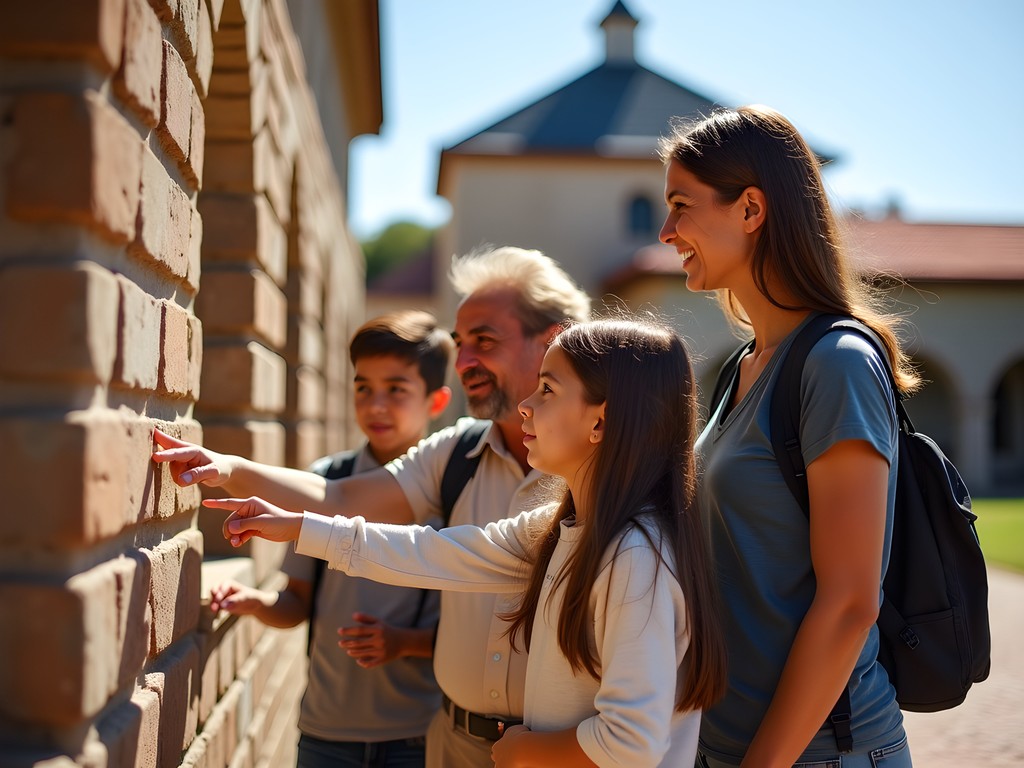
💡 Pro Tips
- The public library offers free architectural heritage booklets you can use as guides
- Pack a picnic lunch to enjoy in front of architectural landmarks rather than eating at restaurants
- Many historical buildings are best photographed in early morning or late afternoon light
Final Thoughts
East London may not top many South African travel itineraries, but its architectural journey from colonial outpost to contemporary coastal city offers a unique lens through which to understand South Africa's complex history. What makes this destination particularly appealing is how accessible these architectural treasures are—both physically and financially—for families and budget-conscious travelers.
As I stood on the esplanade during my final evening in East London, watching the sunset paint the mixture of Victorian, German-influenced, and contemporary buildings in golden hues, I reflected on how architecture serves as both witness and participant in a city's evolution. Each brick, beam, and balcony tells part of East London's story—from British colonial ambitions and German settlement to post-apartheid development and modern South African identity.
I encourage you to give East London more than just a passing glance on your South African journey. Take a weekend to walk its streets, study its buildings, and engage with the stories they tell. Architecture isn't just about aesthetics—it's about understanding how people lived, what they valued, and how communities adapt to changing circumstances. In East London, that story is written in stone, brick, steel, and glass, waiting for curious travelers to read it.
✨ Key Takeaways
- East London offers a comprehensive architectural timeline spanning colonial to contemporary styles
- Budget-friendly exploration options make this an accessible destination for families
- The mix of British colonial and German settler influences creates a unique architectural landscape
- Modern developments showcase South Africa's post-apartheid architectural evolution
- Self-guided walking tours provide the best value for experiencing the city's architectural heritage
📋 Practical Information
Best Time to Visit
year-round, with mild winters (June-August) and warm summers (December-February)
Budget Estimate
$150-250 for a weekend for a family of four, excluding accommodations
Recommended Duration
2-3 days
Difficulty Level
Easy

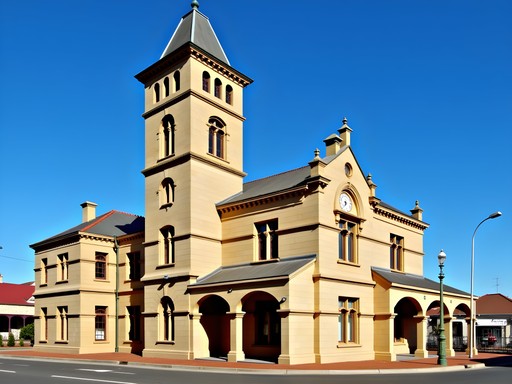
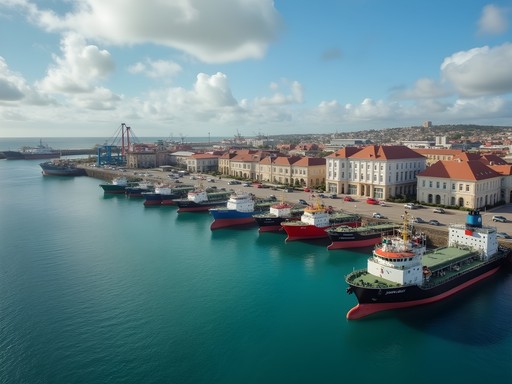


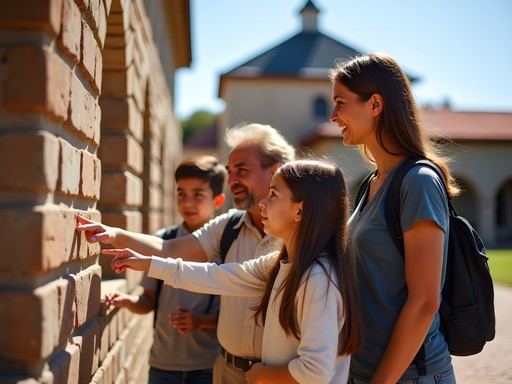


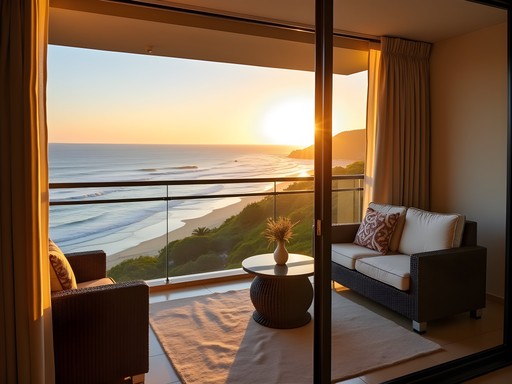
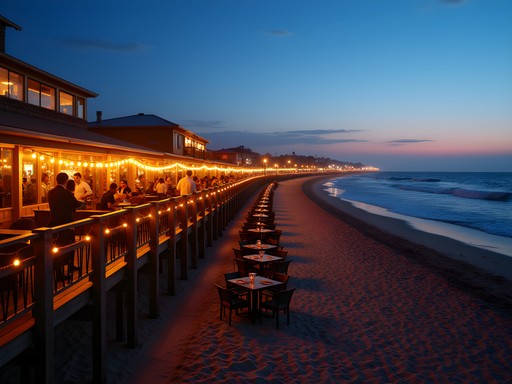






Comments
waveninja
Planning to visit next month. How safe is it to walk around and photograph these buildings? Any specific areas to avoid?
Nova Rice
The main historical areas are generally safe during daylight hours. I'd recommend joining one of the architectural walking tours - the Buffalo City Tourism office runs them twice weekly. They're informative and safety in numbers! I used my camera bag which was perfect as it doesn't scream 'tourist with expensive gear' while still protecting my equipment. For evening exploration, definitely use rideshare services rather than walking.
waveninja
Thanks for the tips! I'll look into those walking tours for sure. Appreciate the advice!
oceanexplorer
If you're into architecture photography, early morning light on the harbor buildings is absolutely magical! The golden hour brings out all the details in the brickwork.
wanderlustphotographer
Great tip! What lens do you recommend for capturing those harbor views?
vacationking
Just got back from East London last month! The Victorian architecture blew me away - especially those buildings around Oxford Street. The old City Hall is way more impressive than I expected. Spent hours just wandering and taking photos. Anyone else notice how the German settler influence is so visible in Panmure? Those steep roofs and detailed woodwork are something else!
Nova Rice
I was there in August! The German settler homes are absolutely charming. Did you make it to the harbor area? I found the contrast between the colonial shipping buildings and new developments fascinating.
vacationking
Yes! The harbor was a highlight. Those old warehouses next to modern facilities tell such a story. Grabbed lunch at a restaurant overlooking the water - perfect way to take it all in.
islandwalker644
That shot of the sunset over the harbor with the old customs house in the foreground is absolutely stunning! Perfectly captures the blend of maritime history and modern development.
Jean Wells
Having visited East London three times over the past decade, I've witnessed the gradual architectural evolution you've described. What fascinates me most is how the harbor area retains its industrial maritime character while incorporating modern elements. The juxtaposition of Victorian customs houses against contemporary port facilities creates a compelling visual narrative of South Africa's economic history. I particularly appreciated your mention of the German settlement influences, which are often overlooked in architectural discussions of the Eastern Cape. The preservation efforts in the city center deserve more recognition internationally.
Sophia Gomez
Avery, this brings back memories! I was in East London for a business conference last year and extended my stay specifically to explore the architecture. What struck me most was how the city's buildings tell the story of South Africa's complex history. I remember standing at the harbor looking at the old wool exchange building, then turning around to see the modern convention center - it was like witnessing 150 years of history in a single glance. I convinced one of my colleagues to join me on an impromptu architecture tour, and he was amazed by the ornate detailing on some of those Victorian facades. The city has done a remarkable job preserving these structures while still developing. For anyone visiting, I'd recommend starting early morning at the harbor when the light makes those colonial buildings glow, then working your way inland toward the German settlement area.
travelpro
Any recommendations for getting around? Is it walkable or should I rent a car?
Sophia Gomez
The downtown and harbor areas are definitely walkable, but for exploring the Panmure district and some of the outlying areas, I'd recommend either Uber (which works well there) or renting a car for a day. The local bus system exists but isn't very tourist-friendly in my experience.
coffeepro
Just got back from East London last week! The architectural contrast between the old harbor buildings and the new waterfront development is striking. We spent a morning photographing the Victorian buildings around Oxford Street - that red brick customs house is absolutely gorgeous. The German influence in Panmure wasn't on our radar until reading this post, but we ended up spending an afternoon there and it was a highlight. One tip: the local historical society offers guided walks every Saturday morning that cover the colonial architecture in depth.
starway
Is public transport good there or should I rent a car?
HistoryBuff_SA
Definitely rent a car. Public transport is limited and not great for tourists.
starway
Thanks for the tip!
wavewanderer
Is East London safe for solo travelers? Planning to visit South Africa next year and would love to include this in my itinerary!
islandwalker644
I went solo last month! Felt pretty safe in the main areas during daylight hours. Just use the usual precautions - I stuck to the harbor area and main streets, and used Uber rather than walking at night. The architectural walking tour mentioned in the article was well worth it!
wavewanderer
Thanks for the tips! Did you stay downtown or in a different area?
islandwalker644
I stayed at a guesthouse near the Esplanade - great location for exploring the colonial architecture and walking to the harbor area. I used my pocket guide which had a decent section on East London's historic buildings.
backpackphotographer7478
Never considered East London before but now it's on my list! Thanks!
Venture X
Premium card with 2X miles, $300 travel credit, Priority Pass